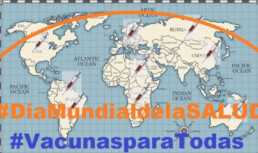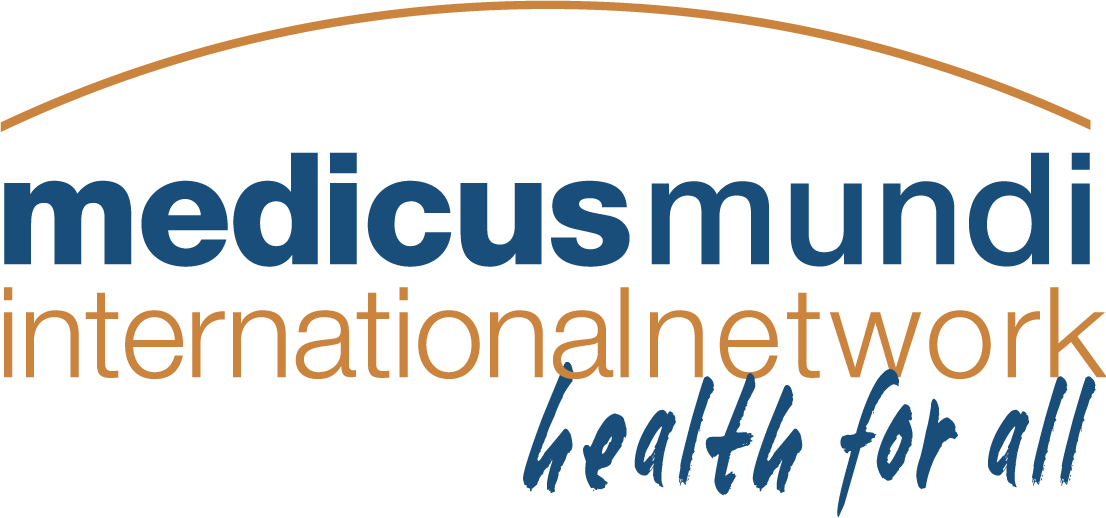FAMME press release for World Health Day, 7 April 2021 | Barely a year has passed since the first pandemic of the modern era, which has brought the whole world to a standstill, and… we already have a vaccine! Not just one, but at least five, and many others are in the pipeline all over the world.
Even the WHO, at the most optimistic times, spoke of a minimum of two years to achieve an effective vaccine. We could indeed be witnessing the greatest historical medical-scientific achievement ever made for the benefit of human beings, but how has such a feat been possible when it takes between five and 20 years to produce a vaccine?
Reasons for achieving the anticovid19 vaccine in record time
First of all, the global health emergency has caused an unprecedented race by all nations to stop covid-19. No human or financial effort has been spared to develop the vaccine and subsequent industrial production.
Secondly, coronaviruses have been studied since SARS appeared in 2002, so by the time of the SARS pandemic, it was already known how these animal viruses work, as they are quite similar; the protein and even the types of vaccines best suited to combat them were known. The first experiments with messenger RNA vaccines began in the 1990s, but it was not until the arrival of Sars-CoV-2 that immunisations based on this technology were authorised for emergency use in the pandemic. Computer technology has also speeded up this process, allowing/giving the possibility to store and share the necessary information about the virus so that it can be extracted more quickly for the specific vaccine to be created.
Another aspect that explains why vaccine development times have been considerably shortened has been the speed of the clinical phase. This has been accomplished by combining phases one and two: at the same time as the safety of the vaccine is being tested, samples can be taken from volunteers to see what immunity and dosage are like.
In short, it has been the result of a compendium of economic, institutional, academic, scientific and medical efforts. They have contributed everything humanly possible to produce the vaccine in the shortest possible time, taking advantage of previous research and publicly invested funds to apply it quickly to this new/novel coronavirus.
Other vaccines have not been as successful
The success achieved in obtaining in such a short lapse/period of time the substance capable of immunising us against Covid19 leads us, in turn, to wonder why it takes so long to develop other vaccines that in the long run cause more damage. For example, malaria, has a volume of contagions that amounts to 230 million and kills almost half a million people a year.
It was in 1880 that the link between malaria and the plasmodium parasite was discovered, and 140 years later there is still no vaccine. Despite the complexity of the parasite that causes this disease – which makes it difficult to find a vaccine – the so-called RTS,S was created and approved in 2015 by the European Medicines Agency. Its use is limited to pilot projects in 275,000 children in Malawi, Ghana and Kenya after more than 20 years of research and development, and more than 10 years of clinical trials in Africa since it was launched in the late 1980s. It is currently administered to children under the age of two. According to researcher and expert Pedro Alonso “it will not be the definitive solution, but it has the potential to save thousands of lives and contribute to the economic and social development of some of the most disadvantaged areas of the planet”.
Other vaccineless diseases include HIV/AIDS and cytomegalovirus (CMV) as diseases that affect the entire world, in addition to dengue and Zika, which affect countries in the subtropical belt. Clearly the countries that need them cannot invest in them, so the decision to produce them depends on the pharmaceutical companies and the stance of multilateral institutions.
The case of AIDS is different. Since antiretrovirals already exist that create immunity and are very cost-effective, then why invest in a vaccine that will cost much more and in the long run be less productive. With regard to Ebola, the first vaccine has already been developed and a “global emergency stockpile” of 500,000 vaccines is to be kept in Switzerland.
On vaccines, fake news and truthful information
The proliferation of vaccines in such a short space of time, and all the avalanche of information it has generated both in newspapers and in the social networks, has generated a great deal of confusion in society and has sown doubts about the credibility of science. There is a paradox of overexposure of information. At the same time there is a huge lack of transparency on health issues that affect us all.
The credibility of the population falls which creates a breeding ground for fake news, which reach 100 times more people than the truth and contaminate public opinion, creating an anti-vaccine climate. A clear distinction must be made between “scientific doubts” and “popular doubts” and it is essential that scientific evidence regains its role, with greater transparency and less interference from interests other than science and truth.
WHO director Tedros Ghebreyesus himself warned that fake news about vaccines is “as contagious and dangerous as the diseases it helps to spread”. Social media is a way for millions of people to get information fast. This is why it is necessary for the public to play a more active role and seek out reliable, scientific and verified sources.
At the same time, health authorities need to develop awareness campaigns that also take into account the ideological determinants, accessibility and cultural behaviour of each population. There is no point in having a large vaccination team if the community is reluctant to get vaccinated. Furthermore, women suffer from the barrier of equity of access and cannot decide for themselves whether to go to vaccination campaigns because they depend on the permission of their husbands or fathers. Such campaigns must incorporate different cultural sensitivities into local strategies if they are to share the importance of the vaccination. Vaccines work. We only need to recall the diseases defeated thanks to them: smallpox, polio, diphtheria, tetanus, rubella and measles.
Global disease, global and universal coverage
In the face of a global disease such as Covid19, we must ensure global and universal coverage. While efforts have been made and collaboration between scientists, industry and states has been swift in shortening the time to find solutions, it is time to encourage cooperation rather than competition when producing and distributing vaccines. Many countries do not know when they will receive vaccines; others cannot follow their planning schedule because of company stock-outs. On 18 January, at the opening of the WHO Executive Board, Dr Tedros put a reflection on vaccine access on the table: “More than 39 million doses of vaccines have been administered so far in at least 49 high-income countries. Only 25 doses have been administered in one low-income country. Not 25 million; not 25,000; only 25”. The estimated global number of people who should receive this vaccination is 3.7 billion people, highlighting the effort that remains to be made. As of 15 March, 381 million doses had been used, but between South America and Africa, only 9.5 per cent of the doses had reached them.
According to UN Secretary General Guterres, more than 130 countries have not received a single dose. 75% of these have been concentrated in 10 developed countries. As time goes on, the gap is widening and WHO has warned that if the virus spreads unhindered in some parts of the world, mutations and variants could pose a threat everywhere.
To address this, the WHO created the Covid19 Technology Access Pool (C-TAP) in 2020, a space for sharing knowledge and patents for vaccine production. Its aim is to remove barriers to intellectual property and share know-how of the manufacturing process. This will increase access to Covid-19 technologies (drugs, vaccines and diagnostics) by working with other pharmaceutical companies. In short, C-TAP can be used to increase the number of factories to produce vaccines. In addition, increased production capacity leads to a decrease in price, making vaccines more affordable. Affordable vaccines are essential, especially as governments have contributed significantly to their development through public money (namely 2.7 billion). It would be the structural solution to provide vaccines to the Covax Mechanism (a partnership for equitable access and distribution of vaccines worldwide involving 190 countries and based on the principle of “vaccine equity”) and thus ensure their distribution to all countries that demand them.
It would also avoid the supply problems we are seeing due to limited production and speculation. The more we manufacture, the less vulnerable we are to big pharma and “vaccine nationalism”.
Currently, 273 vaccines are being researched worldwide. Wouldn’t we achieve herd immunity sooner if we shared knowledge? Do we need so many competing vaccines or would it be better to promote strategic alliances to ensure access for all? It is time for cooperation.
………………………
Press release by the Federation of Medicus Mundi Spain, on World Health Day, 7 April 2021
Spanish original here: https://medicusmundi.es/es/actualidad/noticias/1370/vacunas-freno-masivo-pandemias

